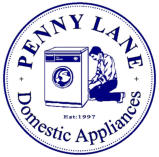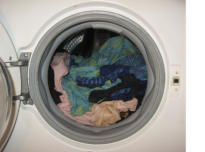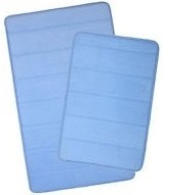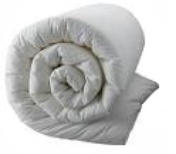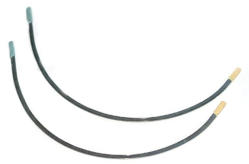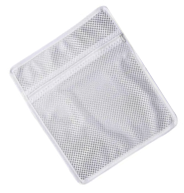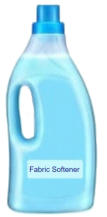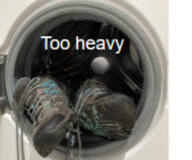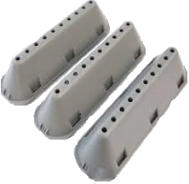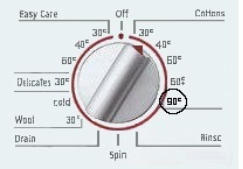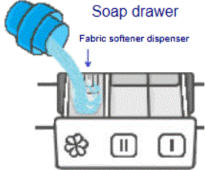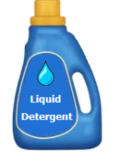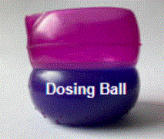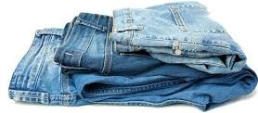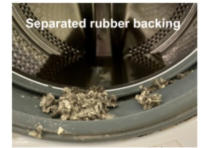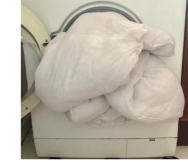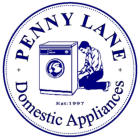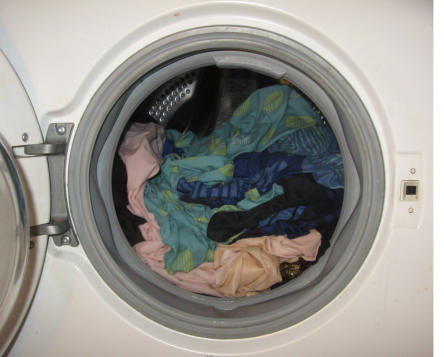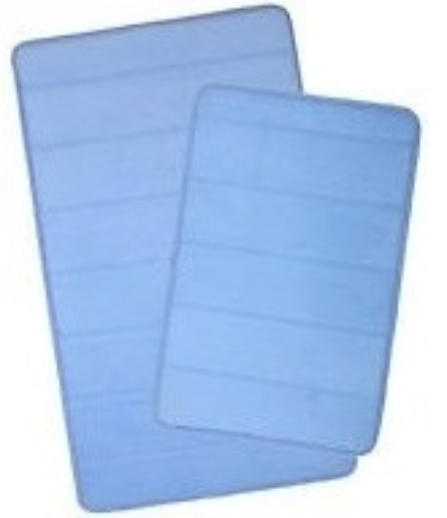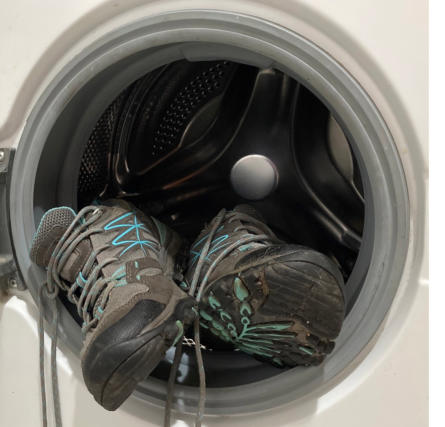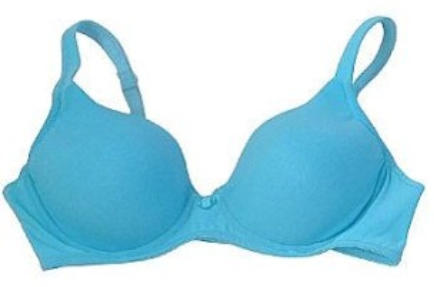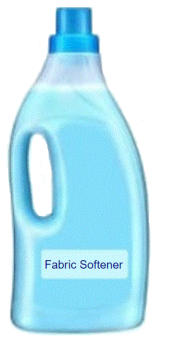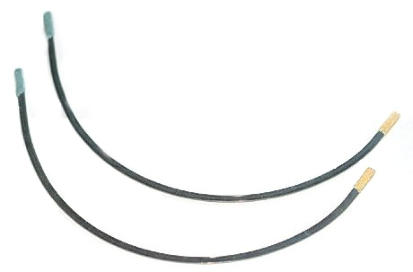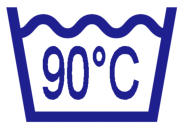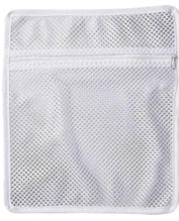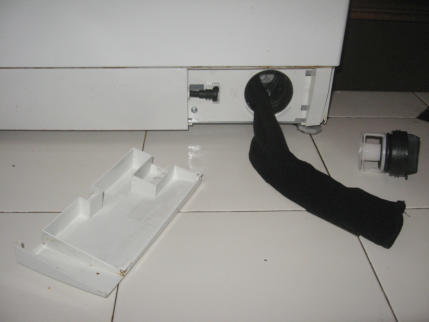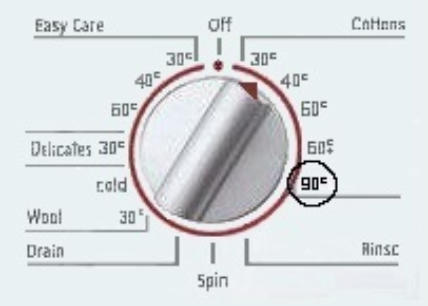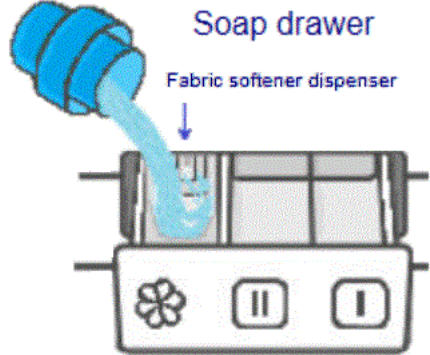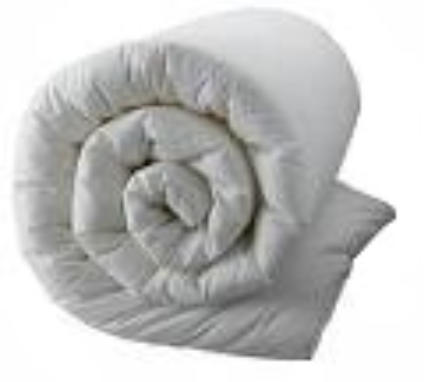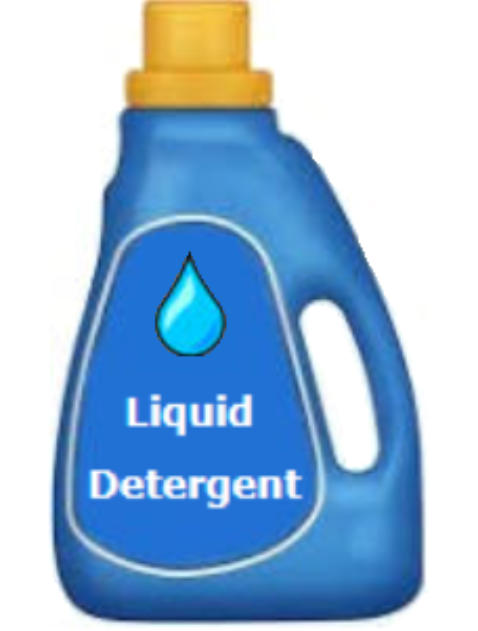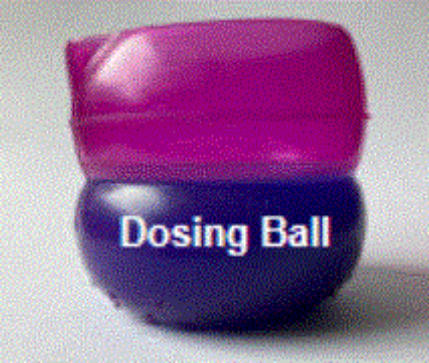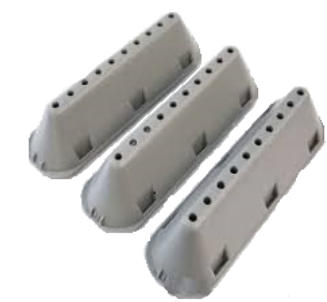
Brand logos and images for informational purposes only - © 2026 Penny Lane Domestic Appliances


Penny Lane Domestic Appliances


















Help and Advice
Provided below are helpful advice to washing machines and washing problemsBy following our advice you can prolong the life of your
washing machine, and improve the results of your wash
How to clean a smelly washing machine My washing machine has stopped working mid cycle? Don't wash bath mats in your washing machine The correct way to use liquid detergent Is Fabric softener necessary? Can I wash a Duvet in my washing machine? The safe way to machine wash Bras Don't wash Trainers in your washing machine I've lost a sock in my washing machine Care symbols on clothing labels What is Oxy bleach stain remover? How to connect a washing machineHow to clean a smelly washing machine
There's an unpleasant smell coming from the inside of my washing machine?
If you always select cool 30°C - 40°C Quick-wash programmes and only use Non-Bio detergent, Liquid detergent, Eco-friendly detergents or any other detergent that doesn’t contain Oxygen bleach. This will cause a build up of dirt and grease creating a breeding ground for Bacteria;very unpleasant smells can form inside you washing machine - in turn the unpleasant smells can be transferred to the laundry itself. Regular 90°C Maintenance washes Two to three times a year, simply wash cotton Tea towels on the Hottest 90°C Wash Programme with the ' Intensivewash and the Extra rinse ' options (if your machine has those functions) with a normal amount of detergent and two scoops of Oxygen bleach powder additiveMy washing machine has stopped working mid cycle?
You can wash the same items for years, then one day for no apparent reason your washing machine stops working mid cycle – or refuses to complete the final spin Unbalanced load Our customers are always concerned about damaging their washing machine by overloading; what causes more damage than overloading your machine is washing just one large heavy item by itself, or one heavy item with a number of light items. Washing just one large heavy item will often cause an unbalance load; if your machine detects an unbalance load it will abort, or, stop working mid cycle - because washing machines are designed to protect themselves from the potential damaged that an unbalanced load would cause.Don't wash bath mats in your washing machine
Washing bath mats can cause major damage to your washing machine Although, the care instructions on bath mats will often say you can wash them in a washing machine. We'd advice you don't; because washing bath mats can cause major damage to your machine by putting excessive strain on your machines components, plus the possibility of causing an unbalanced load. Bath mats can breakdown and separate Apart from bath mats putting excessive strain on your washing machine; they will often breakdown during the wash and begin shedding fibres and clog the pump filter - some of the cheaper bath mats the rubber backing can totally separate and will completely clog up the whole of your washing machines drainage system, the door seal and inner drum.The correct way to use liquid detergent
You may think using Liquid detergent in your washing machine is simple, but you could be doing it all wrong? If you pour the liquid detergent into your washing machines Soap drawer; most of the liquid detergent could go astray in the machines soap drawer compartment and Sump hose, completely bypassing the drum and your laundry. Greatly reducing the effectiveness of the liquid detergent. The correct way to use liquid detergent in your washing machine is to pour the liquid into a Dosing Ball. Place the dosing ball on top and the back of the laundry; this will prevent the liquid from settling in the machines hoses.Is Fabric softener necessary?
Originally, the only purpose for using Fabric softener was to reduce static cling in synthetic fabrics Liquid fabric softener works by coating the surface of the cloth fibres with a thin layer of chemicals; these chemicals have lubricant properties and are electrically conductive. Making fibres feel smoother and preventing build-up of static electricity in synthetic fabrics. The disadvantage The disadvantage of coating natural fibres by a chemical layer is in decreasing the water absorption properties of the fabric, which may be undesirable in towels. Most good quality all-cotton towels do not require to be treated with Fabric softener; with repeated washing and drying they become softer naturally.Can I wash a Duvet in my washing machine?
You will seriously damage your washing machin
Although, the care instructions on a Duvet will often say you can wash it in a washing machine; some machines even have a ' Duvet wash programme. ' We'd advice you don't, because washing a Duvet can cause major damage to your washing machine by putting excessive strain on your machines components – plus the possibility of causing an unbalanced load. It wouldn't clean properly Even if your washing machine doesn't become totally unbalanced; the Duvet wouldn't clean properly, because a Duvet would completely fill the drum leaving no space to fall into when the drum tumbles.The safe way to machine wash Bras
Separated under-wires Before washing Bras in your washing machine always check the Bras for damaged and worn edges - because the Bras under-wires can cause damage to your machine. Also, the separated under-wires can break up into small pieces and block the Pump. Consider using a protective zip-up mesh laundry bag, or a pillowcase A protective zip-up mesh laundry bag, will protect your delicate Bras from being stretched out, and if your Bras are under-wired it protects the under-wires from being twisted and puncturing the garments material.Don't wash Trainers in your washing machine
Washing your trainers in a washing machine would seem like a quick and easy way to clean them; some machines even have a ' Shoes wash programme ' Trainers are too heavy – whilst being tossed around the tumbling drum they can drop down onto the plastic drum paddles and Completely detach one, or all three of the paddles. If you try using your machine without drum paddles; your laundry will be stuck at the bottom of the drum, because the paddles won't be there to lift and move the laundry around in the tumbling drum.I've lost a sock in my washing machine?
Losing a sock in your washing machine is one of those most annoying of things Possibly: Your sock is still inside the drum, the door seal or maybe in the Pump filter? Also look just inside the door seal your sock could be hiding there. Protective mesh laundry bag The simplest way to avoid losing socks in your washing machineis to put all you socks in a protective zip-up mesh laundry bag.





























Why do we have help and advice pages?
We pride ourselves on being one of the finest
washing machine repair businesses in Liverpool.
However, we don't want you to pay for repairs
if you can avoid it.


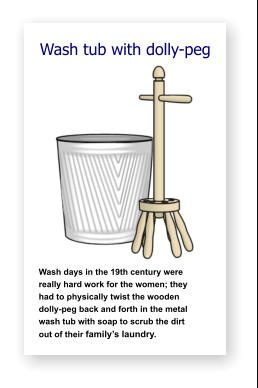














We've seen many of our customers washing machines
completely wrecked by washing bath mats


It isn't required at all when
washing natural fabrics


Unbalanced load
Duvets are too big
Separated under-wires
Detached paddles


Brand logos and images for informational purposes only
© 2026 Penny Lane Domestic Appliances
Help and Advice
Provided below are helpful advice to washing machines and washing problems By following our advice you can prolong the life of your machine, and improve the results of your wash How to clean a smelly washing machine My washing machine has stopped working mid cycle? Don't wash bath mats in your washing machine The correct way to use liquid detergen Is Fabric softener necessary? Can I wash a Duvet in my washing machine? The safe way to machine wash Bras Don't wash Trainers in your washing machine I've lost a sock in my washing machineHow to clean a smelly
washing machine
If you always select cool 30°C - 40°C Quick-wash programmes and only use Non-Bio detergent, Liquid detergent, Eco-friendly detergents or any other detergent that doesn’t contain Oxygen bleach. This will cause a build up of dirt and grease creating a breeding ground for Bacteria; very unpleasant smells can form in your washing machine - in turn the unpleasant smells can be transferred to the laundry itself. A gradual build up of dirt, grease and Bacteria will also cause sections of the door seal to turn discoloured and black. Two to three times a year, simply wash cotton Tea towels on the Hottest 90°C Wash Programme with the ' Intensive wash and the Extra rinse ' options (if your machine has those functions) with a normal amount and detergent with two scoops of Oxygen bleach powder additive.My washing machine
has stopped working
mid cycle?
You can wash the same items for years, then one day for no apparent reason your washing machine stops working mid cycle – or refuses to complete the final spin. Unbalanced load Our customers are always concerned about damaging their washing machine by overloading. What will cause more damage than overloading your machine is washing one large heavy item by itself – or one heavy item with a number of light items. Washing just one large heavy item will often cause an unbalance load; if your machine detects an unbalance load it will abort, or, stop working mid cycle - because machines are designed to protect themselves from the potential damaged that an unbalanced load would cause.Don't wash bath mats
in your washing machine
Although, the care instructions on bath mats will often say you can wash them in a washing machine. We'd advice you don't, because washing bath mats can cause major damage to your washing machine by putting excessive strain on your machines components – plus the possibility of causing an unbalanced load. We've seen many of our customers washing machines completely wrecked by washing bath matsThe correct way to
use liquid detergent
You may think using Liquid detergent in your washing machine is simple, but you could be doing it all wrong? If you pour the liquid detergent into your washing machines Soap drawer; most of the liquid detergent could go astray in the machines soap drawer compartment and Sump hose, completely bypassing the drum and your laundry. Greatly reducing the effectiveness of the liquid detergent. The correct way to use liquid detergent in your washing machine is to pour the liquid into a Dosing Ball. Place the dosing ball on top and the back of the laundry; this will prevent the liquid from settling in the machines hoses.Is Fabric softener
necessary?
Originally, the only purpose for using Fabric softener was to reduce static cling in synthetic fabrics It isn't required at all when washing natural fabrics Liquid fabric softener works by coating the surface of the cloth fibres with a thin layer of chemicals; these chemicals have lubricant properties and are electrically conductive. Making fibres feel smoother and preventing build-up of static electricity in synthetic fabrics. The disadvantage The disadvantage of coating natural fibres by a chemical layer is in decreasing the water absorption properties of the fabric, which may be undesirable in towels. Most good quality all-cotton towels do not require to be treated with Fabric softener;with repeated washing and drying they become softer naturally.Can I wash a duvet
in my washing machine?
Although, the care instructions on a Duvet will often say you can wash it in a washing machine; some machines even have a ' Duvet wash programme.' We'd advice you don't, because washing a Duvet can cause major damage to your washing machine by putting excessive strain on your machines components. It wouldn't clean properly Even if your washing machine doesn't become totally unbalanced, the Duvet wouldn't clean properly, because a Duvet would completely fill the drum leaving no space to fall into when the drum tumbles.The safe way to
machine wash Bras
Before washing Bras in your washing machine always check the Bras for damaged and worn edges. Separated under-wires Because the Bras under-wires can cause damage to your washing machine. Also, the separated under-wires can break up into small pieces and block the Pump. Consider using a Protective mesh laundry bag This will protect your delicate Bras from being stretched out, and if your Bras are under-wired it protects the under-wires from being twisted and puncturing the garments material.Don't wash Trainers
in your washing machine
Washing your trainers in a washing machine would seem like a quick and easy way to clean them; some machines even have a ' Shoes wash programme.' Trainers are too heavy – whilst being tossed around the tumbling drum they can drop down onto the plastic drum paddles and Completely detach one, or all three of the paddles.I've lost a sock in my
washing machine?
Losing a sock in your washing machine is one of those most annoying of things. Possibly, your lost sock is still inside the drum, the door seal or maybe in the Pump filter? Socks, especially children's socks somehow manage to get themselves caught in the gap between the moving inner drum and the door seal, and can get pulled into the machine. Check the Pump filter, hopefully your sock has ended up in there without being damaged. The simplest way to avoid losing socks in your washing machine is to put all your socks in a Protective zip-up mesh laundry bag.















Penny Lane
Domestic Appliances










Why do we have help and advice pages?
We pride ourselves on being one of the
finest washing machine repair businesses
in Liverpool. However, we don't want you
to pay for repairs if you can avoid it.

Inside the pump filter













Too heavy
Unbalanced load
Separated under-wires


Also, read our guides to:





Detached paddles
